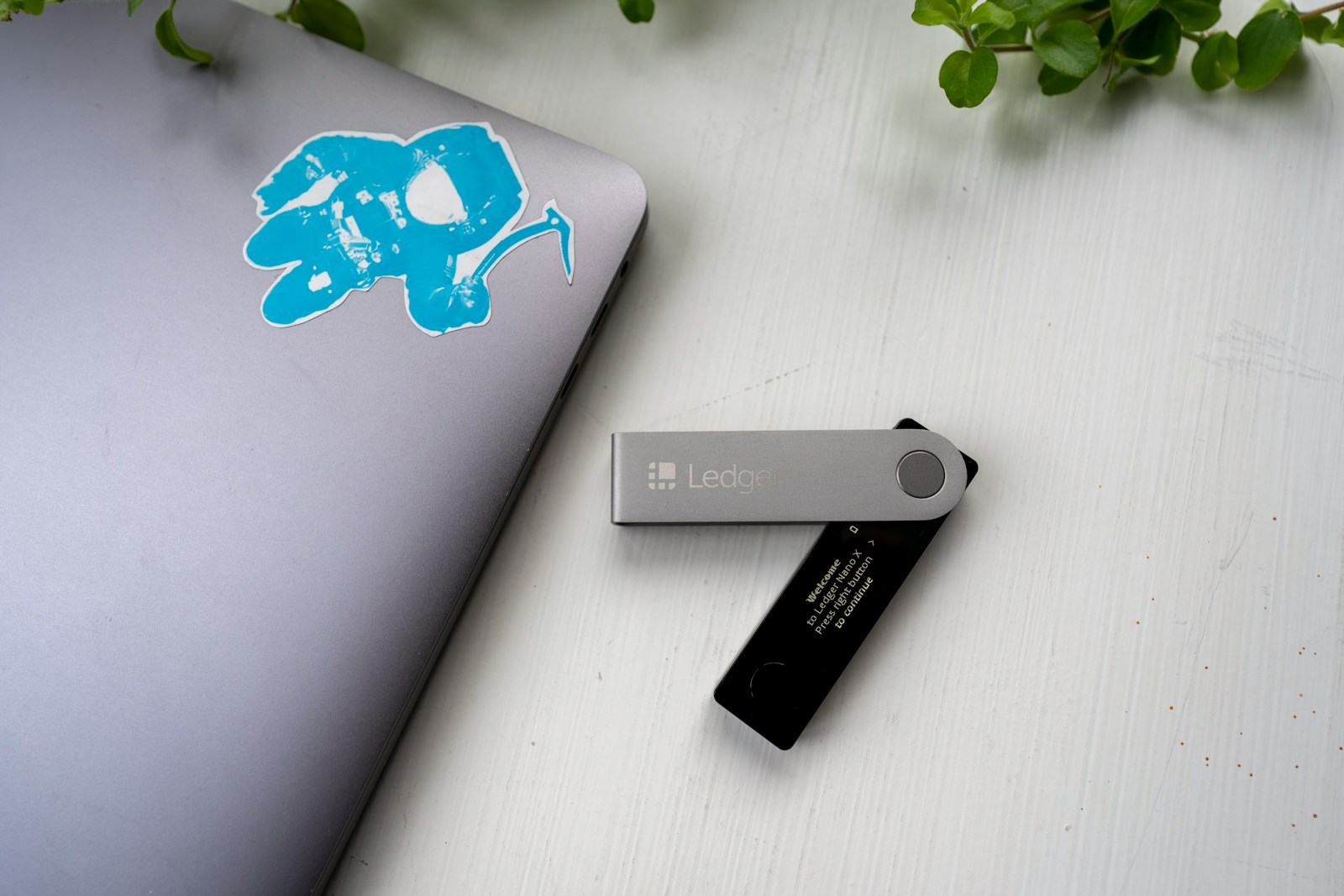
Maximizing profits via strategic transaction arrangement is a proven tactic for block producers. Front-running arbitrage opportunities–where transactions are reordered to capitalize on price discrepancies before others execute–can generate millions daily. Recent studies indicate that miners or sequencers capture up to 10-15% of decentralized exchange trading volume through such maneuvers, highlighting the financial incentives tied to block construction.
The mechanics behind this involve identifying high-value trades within the mempool and reordering or inserting transactions to extract surplus returns. This practice isn’t limited to simple arbitrage; it includes sandwich attacks, liquidation front-running, and priority gas auctions. For instance, during volatile market swings in 2023, flash loan-based arbitrages surged by over 30%, illustrating how dynamic transaction sequencing impacts both market participants and network fairness.
While some argue these tactics undermine trust by privileging validators who reorder blocks for gain, others note they incentivize faster block production and increased network efficiency. Balancing transparency with economic incentives remains a challenge. Understanding these dynamics is crucial for anyone aiming to design resilient protocols or assess validator strategies in modern blockchain ecosystems.
Validator MEV: extractable value from block ordering [Mining & Staking mining]
To maximize profits during consensus participation, professionals must optimize transaction sequencing within proposed units. The ability to select and arrange pending operations directly influences arbitrage opportunities and fee extraction potential. Recent data indicates that top validators on Ethereum have captured millions in additional gains by prioritizing lucrative swaps and liquidations ahead of others.
Sequencing strategies involve analyzing mempool dynamics and anticipating market moves. For instance, frontrunning high-value decentralized exchange trades or sandwiching transactions can generate significant returns exceeding standard block rewards. This process relies on efficient algorithms capable of running complex simulations rapidly to identify the most profitable order permutations before finalizing a batch.
Technical nuances of sequence manipulation in mining and staking
The core mechanism enabling profit capture lies in controlling the inclusion order inside each proposed unit. Mining hardware traditionally held this power; however, proof-of-stake validators now share similar capabilities through proposer-builder separation frameworks. These entities receive bundles containing prioritized transactions explicitly designed for maximal gain extraction, often including arbitrage loops or liquidation triggers.
Empirical studies reveal that sophisticated proposers can increase their total intake by up to 15-20% compared to random ordering due to strategic placement of high-fee operations. For example, executing a sandwich attack around a sizable token swap on Uniswap not only yields direct fees but also influences asset price temporarily, enhancing overall returns. Such tactics require continuous monitoring of network conditions and rapid decision-making processes built into validator clients.
A comparative analysis between mining and staking reveals shifts in operational focus. While miners had physical constraints like hash rate competition dictating block production speed, stakers prioritize bundle selection quality over quantity. As a result, modern validator infrastructure invests heavily in software optimization for transaction sorting algorithms rather than raw computational power alone.
Looking forward, emerging proposals for fair sequencing protocols aim to reduce centralization risks associated with arbitrary ordering manipulation while preserving incentives for optimal revenue extraction. These models include encrypted mempools or randomized selection schemes designed to curb exploitative behavior without eliminating legitimate arbitrage possibilities. Implementers must balance efficiency gains against potential impacts on network decentralization and security guarantees.
Identifying MEV Opportunities in Blocks
To maximize profit potential during block construction, it is essential to pinpoint instances where transaction arrangement can generate additional returns. A key strategy involves capturing arbitrage chances between decentralized exchanges by reordering transactions to exploit price discrepancies. For example, a sequence that allows buying a token at a lower price on one platform and immediately selling it higher on another within the same batch can yield significant gains. Monitoring mempool data for such mismatches while running a node with advanced simulation tools enhances detection accuracy.
Beyond arbitrage, front-running specific large trades offers another lucrative pathway. By placing one’s own trade just before a known impactful transaction, it is possible to capitalize on predictable price movements. However, precise timing and the ability to reorder transactions rapidly are critical here. Tools analyzing pending transaction pools help identify these high-impact orders early enough to insert profitable operations ahead of them.
Techniques for Detecting Profitable Transaction Sequences
Effective identification methods rely heavily on constructing hypothetical scenarios through simulation engines that model potential execution outcomes under varying transaction sequences. These simulators evaluate gas costs against anticipated gains to ensure net profitability. For instance, Flashbots’ bundles provide an interface for submitting preferred orderings directly to miners or sequencers, bypassing public mempool exposure and reducing competition risk.
Another approach involves statistical analysis of historical chain data combined with real-time mempool scrutiny. By cataloging frequently recurring patterns–such as repeated arbitrage loops or sandwich attacks–machine learning models can predict future opportunities with improved confidence levels. This predictive capacity enables more efficient capital deployment when selecting which sequences to prioritize during block assembly.
A recent case study from Ethereum’s DeFi sector showed that running custom software that aggregates data from multiple decentralized exchanges identified over 150 arbitrage opportunities within a single hour during peak network congestion periods. Profit margins averaged 0.3% per trade cycle after accounting for gas fees, demonstrating consistent extractable returns available to those capable of rapid inclusion and rearrangement of transactions.
The complexity increases when competing entities attempt simultaneous reordering strategies, creating bidding wars on priority fees and potentially diminishing net returns due to increased gas expenditure. Therefore, continuous optimization of operational frameworks remains paramount for sustainable advantage.
The dynamic interplay between liquidity providers’ behaviors and transaction flows continuously shapes the landscape where such profit extraction occurs. Staying updated with evolving smart contract mechanics and protocol upgrades is vital since alterations in fee structures or consensus rules can swiftly impact feasibility and profitability of these tactics.
Strategies for Validator Block Ordering
Optimal sequencing of transactions within a block can significantly increase the miner’s gains through arbitrage and front-running opportunities. By prioritizing high-fee transactions or those containing profitable arbitrage paths, the block producer actively maximizes extractable profits. Recent studies indicate that sophisticated sequencing algorithms, which reorder transactions based on their potential profit impact rather than arrival time, can boost revenue by up to 15-20% compared to naive first-in-first-out methods.
One common approach involves running transaction bundles specifically designed to capture arbitrage between decentralized exchanges. For example, MEV searchers identify cross-exchange price discrepancies and submit atomic swaps bundled with fees that incentivize inclusion in an advantageous sequence. This requires rapid analysis of mempool data and dynamic reordering to prioritize trades that yield the highest net gain while avoiding negative slippage or failed transactions.
Technical Approaches and Case Studies
Several protocols now integrate priority gas auctions (PGAs) enabling proposers to select bids dynamically based on profitability metrics embedded in transaction payloads. A notable case is Flashbots’ implementation, where validators receive bundled transactions that guarantee a minimum profit threshold before inclusion. In practice, this strategy reduces wasted computation on unprofitable ordering and enhances overall throughput efficiency.
However, aggressive sequencing may introduce risks such as increased latency or censorship of lower-fee operations, potentially impacting network fairness. Balancing profit extraction with equitable access remains a challenge; some validators implement hybrid schemes combining fixed ordering for typical transactions and flexible sequencing only for MEV-relevant bundles. As market conditions evolve–especially with fluctuating gas prices and DeFi activity spikes–adaptive strategies become indispensable for maintaining optimal returns without compromising network integrity.
MEV Impact on Staking Rewards
The ability to optimize transaction placement within a confirmed set significantly influences the profitability of network participants who validate new data. By prioritizing certain transactions or rearranging their sequence, block producers can secure additional earnings beyond base staking incentives. This phenomenon directly affects the yield for those who commit resources to network security, creating a layered reward structure that transcends simple token emissions.
Recent studies indicate that the gains achievable through strategic transaction sequencing can represent up to 30% of total validator income on high-traffic networks during peak congestion periods. For instance, in Ethereum’s proof-of-stake environment, validators engaging in front-running and back-running tactics within blocks have reported substantial uplifts in rewards compared to passive counterparts. This dynamic incentivizes active participation in ordering decisions rather than purely relying on protocol-defined returns.
Technical Mechanisms Behind Transaction Prioritization
Extracting additional profits hinges upon manipulating the arrangement of pending operations before finalizing a bundle of transactions. Validators or block proposers analyze mempool activity, identifying lucrative opportunities such as arbitrage between decentralized exchanges or liquidation events. By placing these transactions strategically–often inserting their own orders ahead of others–they capitalize on price discrepancies and time-sensitive actions.
A concrete example involves sandwich attacks where a participant inserts buy and sell orders around a victim’s trade, profiting from temporary price movements caused by the victim’s transaction execution. Such tactical insertion demands deep knowledge of network latencies and fee structures, since miscalculations can lead to losses rather than gains. Sophisticated tools now automate this process, further intensifying competition among block constructors aiming to maximize incremental returns.
These practices also raise questions about fairness and network health. While enhanced earnings attract more stakeholders to validation roles, they may simultaneously contribute to increased transaction fees and reduced transparency for average users. The balance between maximizing individual profit and maintaining equitable access remains a subject of ongoing debate within blockchain governance forums.
Comparative analysis reveals that ecosystems with more flexible consensus rules regarding inclusion policies tend to exhibit higher variance in staking yields attributable to transaction sequencing advantages. Conversely, platforms enforcing strict first-come-first-served principles demonstrate more uniform rewards but potentially lower aggregate profitability for validators willing to engage in advanced ordering strategies. This tension underscores differing philosophies toward decentralization versus efficiency.
Mitigating Negative MEV Consequences
To reduce the harmful effects arising from transaction sequencing manipulation, protocols have increasingly adopted fair sequencing techniques. One effective approach involves implementing randomized transaction selection methods that limit the ability of block producers to prioritize specific operations for profit. For instance, the use of cryptographic sortition or verifiable delay functions can introduce unpredictability in the arrangement process, curbing front-running and sandwich attacks. Such mechanisms aim to preserve equitable access to network resources while maintaining throughput efficiency.
Another practical solution includes incorporating batch auctions within blocks, where all transactions submitted during a fixed interval execute simultaneously at uniform clearing prices. This eliminates incentives for reorganizing entries based on timing advantages and significantly reduces extractable gains through reordering. The integration of these auction models on platforms like CowSwap demonstrates measurable reductions in arbitrage opportunities traditionally exploited by operators manipulating inclusion sequences.
Advanced Strategies to Address Ordering Exploits
Adjusting consensus layer incentives plays a pivotal role in limiting adverse behaviors tied to transaction prioritization. By designing reward structures that penalize attempts to reorder entries purely for personal gain, networks encourage participants to commit honestly without seeking undue advantage. Ethereum’s ongoing research into proposer-builder separation exemplifies this tactic: isolating block construction from validation responsibilities aims to prevent monopolization of profitable rearrangements and promote decentralized participation.
Furthermore, transparent mempool designs contribute substantially toward mitigating detrimental effects associated with sequence control. Publicly accessible transaction pools allow observers and competing entities to detect suspicious ordering patterns promptly, fostering accountability among those assembling payloads for inclusion. This visibility has already prompted several decentralized projects to adopt open submission frameworks combined with cryptographic commitments, reducing information asymmetry and discouraging predatory front-running schemes.
Finally, continuous monitoring combined with on-chain analytics enables real-time detection of manipulative patterns impacting transaction processing order. Sophisticated tooling leveraging machine learning identifies anomalies correlated with extractive tactics, enabling protocol developers and community stakeholders to adjust parameters or deploy countermeasures swiftly. Recent case studies involving high-frequency trading bots exploiting temporal gaps illustrate how adaptive defense systems can dynamically curb economic inefficiencies linked to prioritized sequencing practices.
Conclusion
The most effective instruments for analyzing the revenue opportunities tied to block sequencing require continuous execution alongside network participation. Running these analytical frameworks in real-time enables protocol operators to identify front-running and sandwich attack potentials with precision, quantifying profit margins that fluctuate significantly across various chains. For example, recent data from Ethereum reveals that strategic transaction placement within a single slot can yield gains exceeding $100,000 per block during periods of heightened volatility.
Looking ahead, the integration of machine learning models to predict transaction ordering impacts will refine strategies for those responsible for assembling blocks. As competition intensifies among entities optimizing transaction sets to capture arbitrage or liquidation profits, tools must evolve to incorporate mempool state awareness and latency considerations. This advancement will help participants maintain an edge over others exploiting positional advantages in the sequence. Additionally, cross-chain composability introduces new dimensions where coordinated insertion points across parallel ledgers can amplify returns beyond isolated networks.








